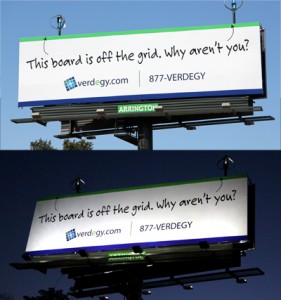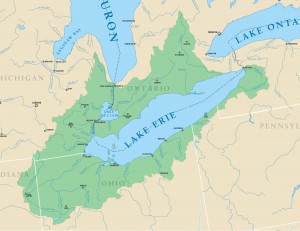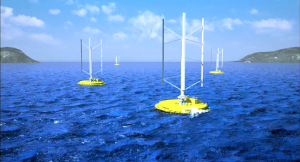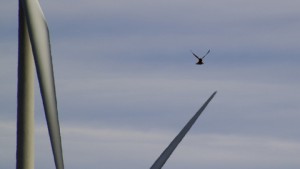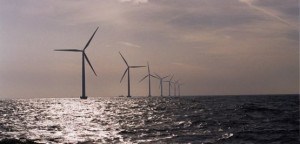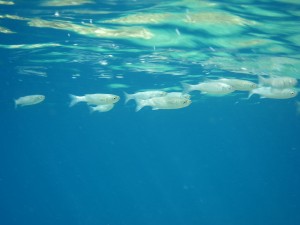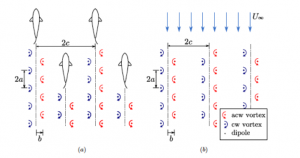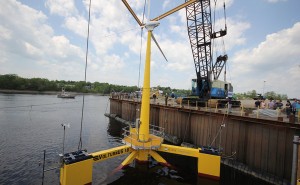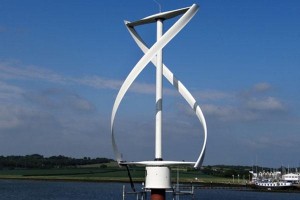From email to social networking to YouTube, you’ve often got to wonder: what doesn’t Google do? They’re currently adding one more thing to their list of accomplishments – turning to clean energy.
Contracting Energy

Cows on the future site of the farm. Image credit Google Official Blog
The Happy Hereford wind farm, located in Texas, is expected to start producing energy in late 2014. Google has contracted the entire 240MW output of the farm as part of their continually expanding wind energy portfolio.
What’s interesting about this arrangement is that Google won’t be using the power directly. Regulations in the area prevent their data center from drawing power straight from the wind farm. Instead, Google will be selling the energy to local providers.
Google benefits from this through the use of renewable energy credits. Basically, these credits are “proof” that the energy was produced through a reliable source. Google will be retiring the credits when the re-sell the energy, meaning they break even while reducing their carbon footprint at the same time.
The easiest way to understand how this works is to think of it as an energy swap. Google draws the energy for their data centers from conventional sources. They then purchase wind energy, sell that energy, and use the money they make to pay for their original electricity bill. The wind energy goes to someone who would have used conventional energy, but isn’t held under the same regulations as the data center. So even though Google is technically using regular energy, they are still supporting the industry, and the net result is a reduction in their personal carbon imprint.
Supporting the Industry
Aside from the complicated math of renewable energy credits, there’s one important benefit to this contract: Google is providing a small wind company with a stable source of income. Even if no one purchases that energy, it’s Google taking the loss, not the wind farm.
A guaranteed flow of income is important for any starting business. If the company knows how much they are making, they can pay their workers stable wages, and count on expansions in the future. Even if they can’t use the energy themselves, Google has still made sure that the clean energy industry can continue to grow.


